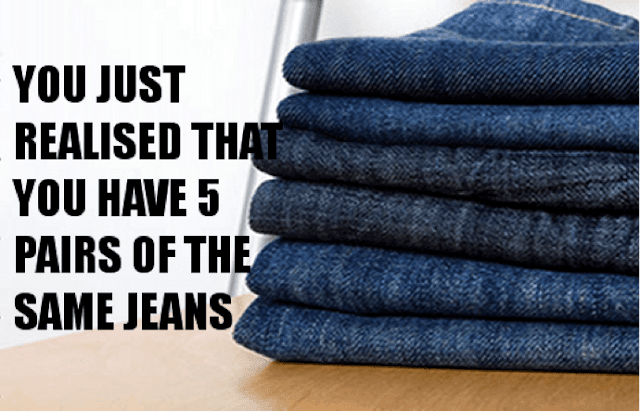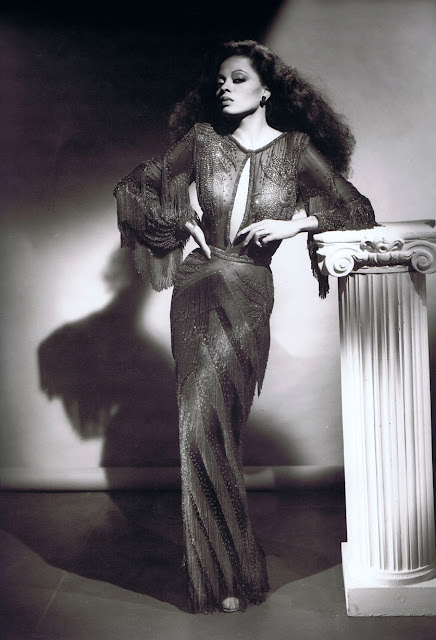The week spins round and here we are again, right back at Scattertime. What is sometimes a problem for me is that, over the course of a week I sometimes glean hundreds of new images from numerous sources. Making up my mind what's going to get into the cue for the scatter is often a tough one. But, I soldier on. Here comes this week's crowd.

Existing as a separate culture for only about 600 years the Chimu people of coastal Peru were conquered by the Inca around 1470. This gold breastplate survives from their culture to show us their craftsmanship and a bit of their aesthetic. Created of gold, it is a series of square plates connected by rings on the back that depict birds in rows the alternate left to right. The conical pendants I have no doubt chimed pleasantly as the wearer moved about. What really strikes me most though is how contemporary, and how playful the abstracted images of the birds are. There seems to be an innocent delight in their forms. Certainly no menace is implied. This feels like a piece of adornment, not something ritualistic. Sadly we know little of them since they were already subsumed into Inca culture by the time the Spanish arrived. What bits we do know were related to the Spanish by still living members of the Chimu.

This image is of an atelier worker at Dior patiently hand finishing details of a couture piece. Dressed in a white smock to keep the garment clean, and wearing only jewelry with no possibility of catching on the work, she could spend her whole work day standing at the dress dummy taking minute stitches to join the understructure to the surface fabric. For her, this is the culmination of many years of apprenticeship. Finishing work is left to those with extremely high skill levels, as it is at this stage where a piece ultimately succeeds or fails. Misplaced stitches can cause the bodice to pull oddly, or a hem to pucker. Slow and steady, always.

A bit of gratuitous man candy, but masked. Beachwear manufacturer, Crossier Makes a habit of tarting up their runways shows with extra bits of styling just like other makers of apparel routinely do now. But what I really am intrigued by is this one shoulder singlet sort of thing. In a way it harks back to how men dressed for the beach into the 1930s. It was the common thing for a man's bathing suit to have a tank styled top. Sometimes it was attached, sometimes it was a separate. This version is clearly meant for someone who already has a tan, and is lounging beachside somewhere glamorous. Could I see this shape moving into common use? Not really. It's just a fun variation.

Here's a small quiz for you all. Looking at this evening dress, what elements of the design would you change to pull it further into focus? Chanel's old adage about taking one accessory off before stepping out the door holds for the design of apparel too. There should never be so many elements that the viewer can't figure out what is going on, unless that is the clear intention. So, take a good long look at this and then tell me what you see that needs a shift or removal.

While I fully acknowledge that the ensemble here is more than a trifle silly, still I see something here that could be made to work very well in our modern world. What is being played with here, the idea of separate garment pieces that can be attached in different ways and locations is a variation on how clothing was largely constructed hundreds of years ago. It was quite common for sleeves to be separate, and in the case of women's clothing skirts as well. Men's clothes laced the sleeves to the doublet body, and the breeches to the waist of the doublet. This Craig Green effort works with that notion and expands upon it. The idea could easily be translated into a ready to wear line of entirely separate garment pieces. Interesting!

Gym class. Most of us really pretty much hated it. Lord knows I loathed it. But get a load of what was required wear for women's exercise in the beginning of the 20th century: bloomers, skirt and sailor styled blouse, (with a high, tight collar, no less). What this is mostly is a splendid example of how slow to change societies can be. Women were engaging in active sport and exercise for the first time, but there was only so far that the culture was willing to go to allow it. Social rules still had to be obeyed, even in the gymnasium. Now we can look at this outfit and see it as somewhat naive and charming. At the time, this was pretty much racy stuff.

When Louis Napoleon and Eugenie were Emperor and Empress of France in the middle 1800s the French court dress for men became extremely lavish, mostly because the Emperor rather liked ostentatious dress himself and frequently appeared in versions of military garb that had been amped up with extra bits. This image is a detail of the sort of goldwork embroidery that was often employed during that time. The work here is exquisite; perfectly done. Imagery includes the wand of Asclepus topped with Empress Eugenie's crown, a caduceus with the winged cap of Mercury, and the winged thunderbolt of Jupiter.

Here's something odd. I had no idea what this thing was until I read the description of it and its purpose? Done guessing yourself? Well, here's the thing. When a lady was out and about in the colder months she had a lot of articles to contend with and she needed at times to keep hands free for things like shopping. This item of long links with a bar at the bottom is meant to hold milady's muff while she was using her hands in the chill air. One end of the bar unhooks so the muff can be slipped onto it. The top has a pin so it can be fastened to the exterior of her coat.

While I can't say honestly that I'm fully on board with this ensemble, I do appreciate the mix of textiles here. I've written before about pattern mixing; how it works, and how it doesn't. These three actually do work together, though oddly, it's only truly apparent when you focus in on the fabrics themselves. Take a good look at the lower left of the image, where the three fabrics abut each other and suddenly you can see the relationship emerge. The color palette of the three is consistent, though the dominant color for each changes. The two strong patterns refer to each other both with the floral shapes and the arcing lines in them, while the small scale tweed looking material operates as a neutral connection point. I am puzzled though as to why the ensemble doesn't quite work for me. Perhaps it's that t shirt with the red animals embroidered on it. Hmmmm.

Schiaparelli couture, F/W 2016. The collection pulls inspiration from original Schiaparelli work, the work of Charles James, and the art of Peter Max to create something new. In this ensemble the primary inspiration is a famous white satin quilted down jacket that James did in the 1930s, which has served as a jumping off point for many designers since. The hot pants and top are strongly Peter Max with their boldly rendered graphics, and the color palette is one that Elsa Schaiparelli returned to often. I find it really interesting when multiple influences can come together like this.

I love designer Bernhard Wilhelm for his unabashed, delicious wackiness. I also love that he is utterly unafraid of breaking the rules. This outfit is from his 2016 RTW line. While at first glance it's completely over the top and silly, as soon as you pull each piece off to itself suddenly you discover that everything is usable, wearable design. Sometimes the apparel industry takes itself way to seriously, and I love it when someone can poke it in the eye like this.

Final image today? A translucent coral colored 3D printed dress. In times to come we will look back at articles like this one in museums and remark on how infantile the technology was. Its simply a matter of point of view. For us, work like this, though increasingly produced is still cutting edge stuff. We have yet to master being able to print something that is fully flexible. We can do articulation, but not something drapable, yet. Experimental devices that do print malleable objects are emerging, but it's still years away. I envision people at some museum exhibition wearing entirely 3D printed clothing snickering at how primitive work like this here was. Perspective.
Well, that's the batch for this week. Have a great Weekend!




























































